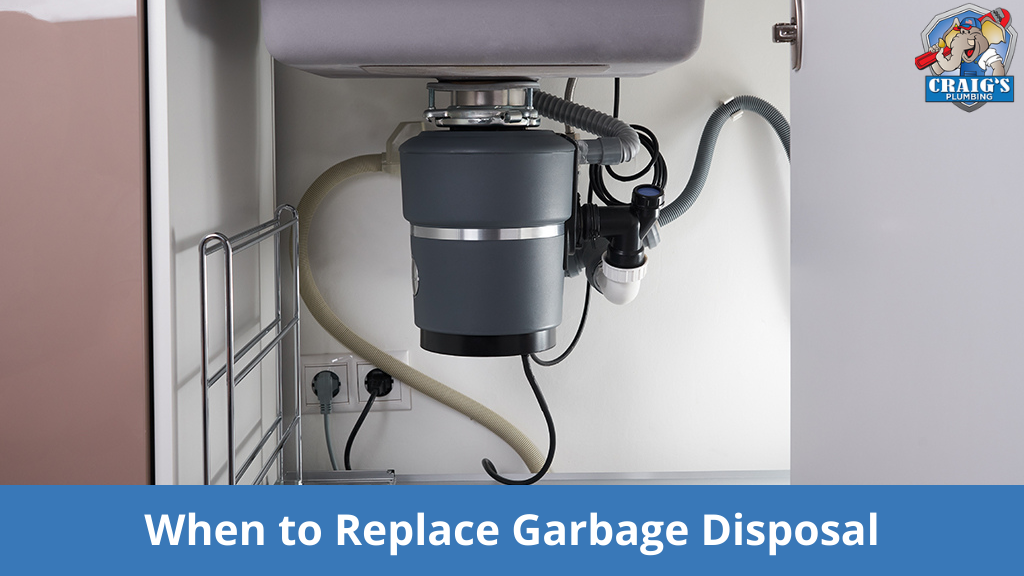One area of home upkeep that frequently needs to be addressed is garbage disposal. If you know when your garbage disposal needs to be replaced, you can avoid headaches and keep your kitchen running smoothly. Let’s explore the signs indicating it’s time to consider a garbage disposal replacement and the steps to take.
Signs It’s Time for a Replacement
Frequent Clogging
A sign of internal deterioration or wear and tear is frequent clogging of the garbage disposal, even with regular use. The blades or the motor may have worn out if the clogging problem persists.
Loud or Strange Noises
Sounds too loud or otherwise out of the ordinary may indicate a mechanical issue inside the disposal. If you hear these sounds, the motor is failing, or the blades are damaged.
Persistent Odors
A faulty garbage disposal can produce an unpleasant stench. Still, a scent that lingers even after cleaning could indicate that food particles are stuck in an inaccessible disposal region.
Water Damage and Leaks
Water damage and leaks under the sink are usually caused by broken garbage disposal. Mold development and structural damage to your cabinets and floors are two more problems that water damage can bring about.
Inefficiency
The disposal may not work properly if the food takes significantly longer to grind than usual. Dull grinding blades or a struggling motor might reduce grinding efficiency.
Steps to Replace Your Garbage Disposal
Gather Materials
You’ll need a new trash disposal, a screwdriver, pliers, a plumber’s putty, a bucket, and a wrench to get started.
Turn Off Power
Power down for safety. Disconnect the disposal unit’s power source at the circuit breaker.
Disconnect Old Unit
Loosen the bolts holding the old disposal to the sink drain to disconnect it. Disconnect the drain trap and lift the removal off its mounting assembly using a pair of pliers.
Remove Mounting Assembly
Take apart the mounting assembly and remove debris or old plumber’s putty.
Install New Disposal
Following the manufacturer’s directions, attach the new disposal unit to the mounting bracket. To prevent leaks, caulk the area surrounding the sink flange using a plumber’s putty.
Connect Plumbing
Join the new disposal unit to the drain trap and the dishwasher hose (if used). Always use a secure connection.
Test the Unit
Start the disposal by turning on the water and the circuit breaker. Test the garbage disposal for any strange noises by turning it on. Make sure there are no air leaks near the plugs.
Dispose of Old Units
Remove the old unit and dispose of it by local requirements. Due to the electrical components, special disposal methods are needed in some places.
Conclusion
At Craig’s Plumbing, we understand how crucial it is always to have fully operational kitchens. The disposal in our kitchen trash can plays a significant role. Knowing when it’s time for a replacement and taking the measures mentioned here will keep our kitchen running smoothly and efficiently for years. When the time comes, we will guide us through the entire process, from selecting the ideal replacement to performing a thorough installation that will have your kitchen look new in no time.




